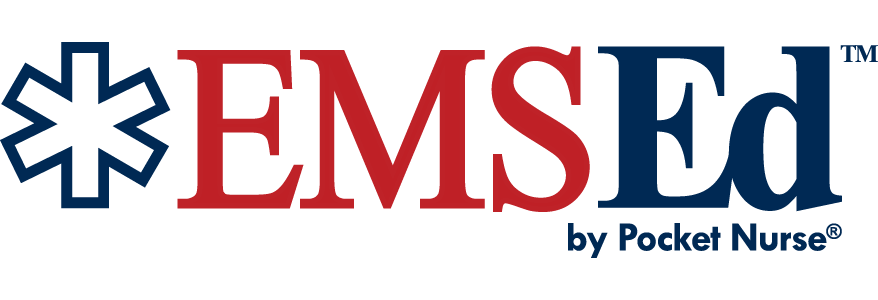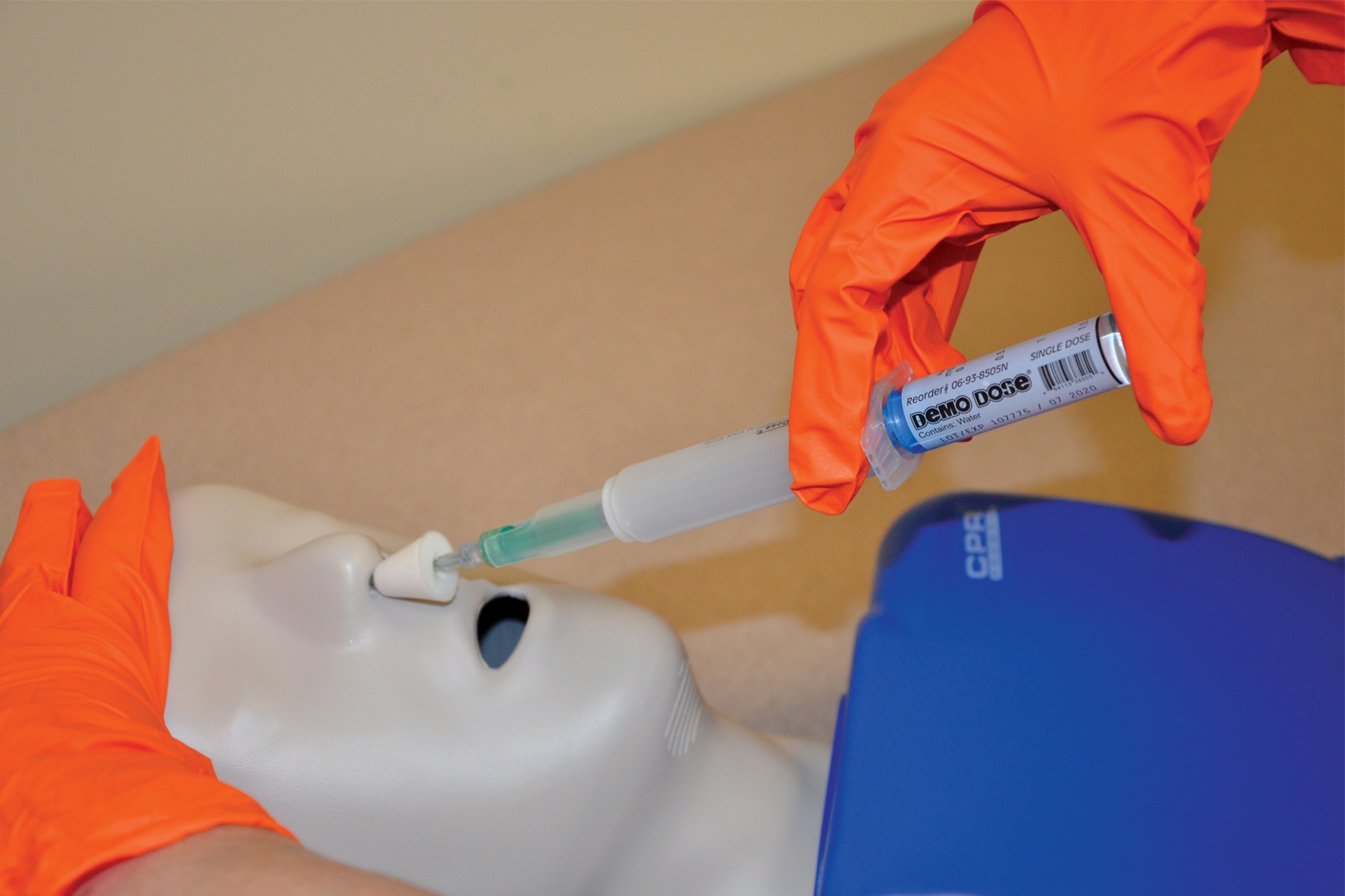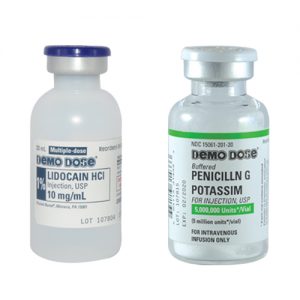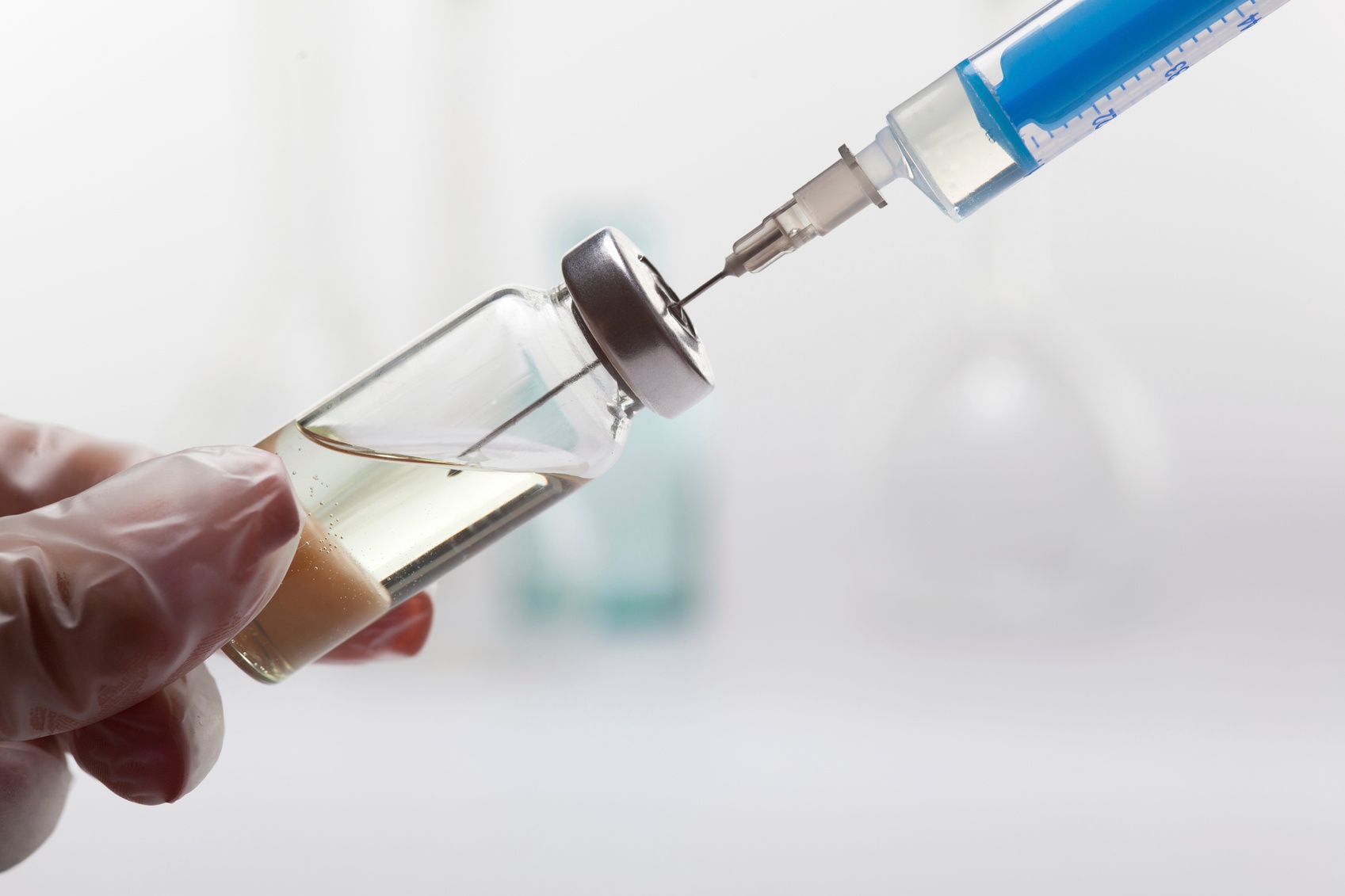
Simulation has been a part of nursing education for more than 40 years, gaining universal acceptance as an imperative part of any accredited curriculum in the various fields of nursing and allied healthcare in the past decade. Adoption of simulation in pre-hospital and EMS education has gained similar traction recently.

With opioid addiction and overdose deaths on the rise, the demand for solutions is growing. As a result, the use of Narcan (brand name naloxone) has been made more widely available in communities across the United States. Many, although not all, states allow EMTs to carry and administer Narcan. But naloxone should not necessarily be a first responder’s ...

Exercise is key to a quality life and a long career. Nursing students are probably aware that the career they have chosen comes with physical challenges. According to a

Nurses solve problems. Nurses and nurse educators are innovators and inventors. In their roles of patient care advocates, they often come up with new and innovative ideas to improve nursing education and patient care.
![Featured post]()
Emily McCandless, Student Totes liaison, recently celebrated three years at Pocket Nurse®. As part of Marketing's recruitment efforts, we send out surveys to check in with successful employees. Emily's answers are so great, we just wanted to share them.

Most organizations operate on a fiscal calendar, and find themselves facing budget surpluses that they need to “use or lose.” Government and military programs, higher education, and high schools are usually affected by these policies.
![Featured post]()
One challenge in simulation is teaching medication management, dosing information, and administration. In the past, instructors had to search out expired medication and buy oranges in bulk (oranges being the stand-ins for injectable flesh). But let’s face it, expired meds are dangerous to use in simulation. And oranges are for eating, not injecting.

While epinephrine has been in the news lately because of the skyrocketing costs of the EpiPen®, a lesser known problem with the administration of this life-saving medication is ratio expressions. Many life-saving resuscitation drugs, including lidocaine, epinephrine, and sodium bicarbonate, are expressed in ratio concentrations (1:1,000 or 1:10,000), and ...












